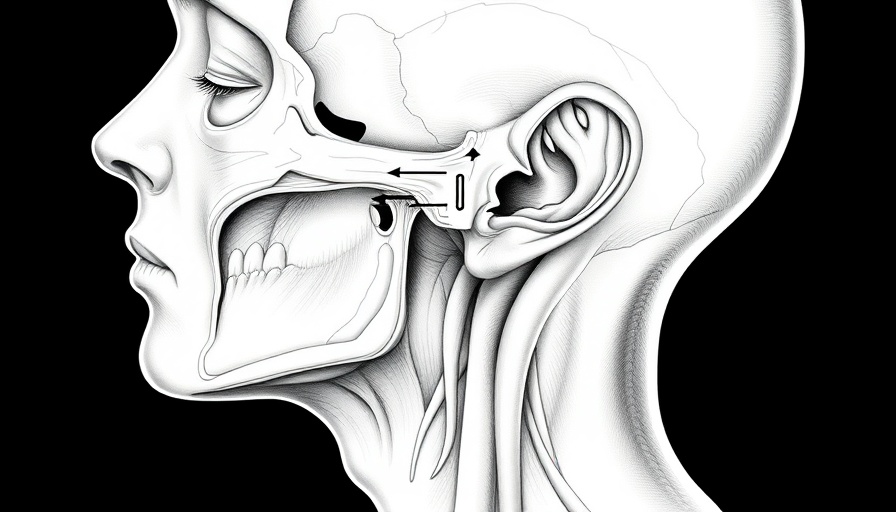
The Essentials of Parotid Tumor Surgery: What You Need to Know
In a recent discussion at the Mayo Clinic, Dr. Eric Moore shed light on the complexities of parotid gland tumor surgery, particularly focusing on incision methods and post-operative healing. Understanding the intricacies of surgical options can empower patients facing this challenging journey.
In 'Mayo Clinic Parotid Tumor Guide: Incisions & Healing', the discussion dives into essential aspects of parotid tumor surgery, providing key insights that sparked a deeper analysis on our end.
Understanding Incisions: A Balance Between Exposure and Aesthetics
One of the primary concerns for patients undergoing parotidectomy is the visibility of the incision. The location of the parotid gland, situated on the face just in front of the ear, means that achieving both good access for surgical procedures and maintaining an aesthetically pleasing appearance is crucial. Dr. Moore explains that surgeons must consider various factors, including tumor size and placement, when deciding on incision types. The modified Blair incision, commonly used, strives to balance visibility and effective tumor removal, being strategically placed within natural skin creases.
Post-Surgery: Healing and Possible Complications
Post-surgery, patients may experience a range of sensations that can be concerning. Many feel numbness or altered sensations around the incision, often attributed to the nerves' adjustment during healing. Dr. Moore emphasized the importance of patience as these sensations can evolve, and significant improvements in scar appearance often occur over time.
Empowering Patients Through Information
The conversation also emphasized the importance of communication between patients and surgeons. Understanding the rationale behind incision choices and post-operative care can significantly ease patients' anxieties. Dr. Moore advises patients to actively engage in discussions about their surgery, ensuring any concerns regarding surgical scars or recovery timelines are addressed beforehand.
Take Action for Your Health
If you or someone you know is facing surgery for a parotid tumor, stand empowered through knowledge. Open dialogue with your medical team will pave the way for a positive surgical experience.
 Add Row
Add Row  Add
Add 




 Add Row
Add Row  Add
Add 

Write A Comment